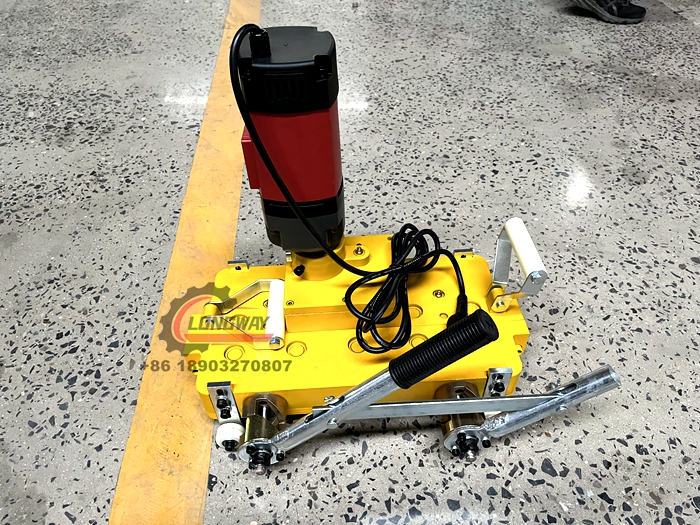z shape purlin roll forming machine
Understanding Z-Shape Purlin Roll Forming Machines
In the realm of modern construction and manufacturing, efficiency and versatility are crucial. One of the key players in achieving these goals is the Z-shape purlin roll forming machine. This machine is specifically designed for the production of Z-shaped purlins, which are vital components in steel structures such as industrial buildings, warehouses, and bridges. This article explores the functionality, benefits, and applications of Z-shape purlin roll forming machines.
What is a Z-Shape Purlin?
A purlin is a horizontal structural member in a roof or wall of a building that helps support the load from the roof decking or sheeting. Z-shaped purlins have a configuration that comprises vertical and flange sections, resembling the letter Z. This unique shape allows for effective load-bearing capacity, making it suitable for various construction applications. Z-purlins are often used in conjunction with C-purlins; together, they form the backbone of frame structures offering robust support.
The Functionality of Z-Shape Purlin Roll Forming Machines
Z-shape purlin roll forming machines are sophisticated pieces of equipment that convert coiled steel into perfectly profiled Z-purlins. The process begins with feeding a flat steel coil into the machine, which rolls it through several stations. Each station shapes the steel progressively until it achieves the desired Z profile.
Key components of these machines include
1. Coil Feeding System Automatically feeds the steel coil into the forming line. 2. Roll Forming Stations A series of roller stations gradually shape the steel, aligning it to the required profile. 3. Cutting System Once the Z shape is formed, a cutting mechanism sizes the purlin to specified lengths. 4. Control System A computerized interface allows for precise adjustments and monitoring of production settings.
This continuous process ensures high precision and reduces waste, making the manufacturing of purlins efficient.
Benefits of Using Z-Shape Purlin Roll Forming Machines
Employing Z-shape purlin roll forming machines offers multiple advantages
- Cost-Effectiveness The automated nature of these machines decreases labor costs associated with manual fabrication. Additionally, the optimized material usage limits waste, reducing overall production costs.
z shape purlin roll forming machine

- High Precision Modern roll forming machines provide exceptional accuracy in producing Z-purlins. Each profile is manufactured according to specific engineering requirements, ensuring consistency and quality.
- Versatility These machines can often be customized to produce different sizes and thicknesses of purlins to meet diverse project demands. This adaptability makes it easier for manufacturers to cater to varying customer specifications.
- Speed and Efficiency Roll forming offers a faster production cycle compared to traditional methods. Depending on the complexity and volume of production, manufacturers can produce a significant number of purlins within a short time frame.
Applications of Z-Shape Purlins
The applications of Z-shaped purlins stretch across various sectors. Here are a few notable examples
- Roof Support Z-purlins are primarily used in the construction of roofs for industrial buildings, providing necessary support for the roof sheets and helping distribute loads evenly.
- Frames for Steel Structures In combination with C-purlins, Z-purlins frame steel structures, enhancing overall stability and strength.
- Bridges and Walkways The robust nature of Z-purlins makes them suitable for constructing bridges and walkways, where weight and stability are critical.
- Tension Structures Ideal for applications requiring tension, Z-purlins can be used in the construction of canopy structures and other tensioned frameworks.
Conclusion
In summary, the Z-shape purlin roll forming machine plays an integral role in contemporary construction. Its ability to produce high-quality, precision-engineered Z-purlins quickly and efficiently makes it indispensable for modern manufacturing processes. As industries continue to evolve with advancements in technology, these machines will undoubtedly remain central to the construction sector, shaping a more robust infrastructure worldwide. Embracing such innovative machinery not only enhances productivity but also contributes to the sustainability and durability of our built environment.
-
Roof Panel Machines: Buying Guide, Types, and PricingNewsJul.04, 2025
-
Purlin Machines: Types, Features, and Pricing GuideNewsJul.04, 2025
-
Metal Embossing Machines: Types, Applications, and Buying GuideNewsJul.04, 2025
-
Gutter Machines: Features, Types, and Cost BreakdownNewsJul.04, 2025
-
Cut to Length Line: Overview, Equipment, and Buying GuideNewsJul.04, 2025
-
Auto Stacker: Features, Applications, and Cost BreakdownNewsJul.04, 2025
-
Top Drywall Profile Machine Models for SaleNewsJun.05, 2025








